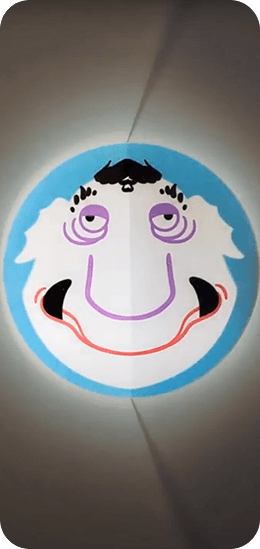
MY ROLE
Product designer, designing a toy from conception to delivery.
RESPONSABILITIES
Conduct research, ideate, design the product, make models, iterate on designs, make prototypes, create a presentation for the product.
THE GOAL
Design an innovative optical toy for children between ages 4 and 10.
The game includes a spyglass to which the lenses are attached, allowing them to be combined in order to form the monsters.
To form the monsters, the kit includes lenses, which are transparent discs with translucent images printed on them.
In total, 20 lenses are included with: 5 hair variants, 5 mouth variants, 5 other facial features variants, and 5 face contours.
The goal of the game is to find all 50 monsters that Captain Kikkert discovered. To achieve this, 50 monster cards are included.

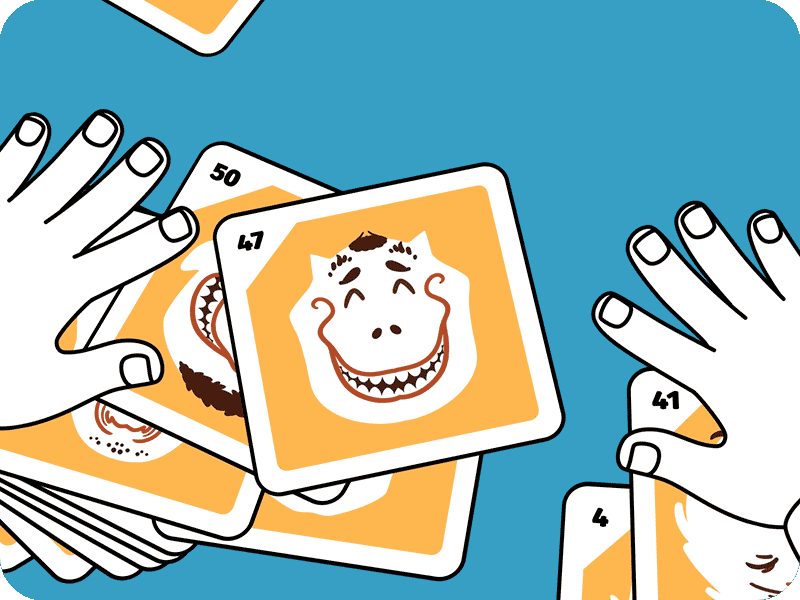
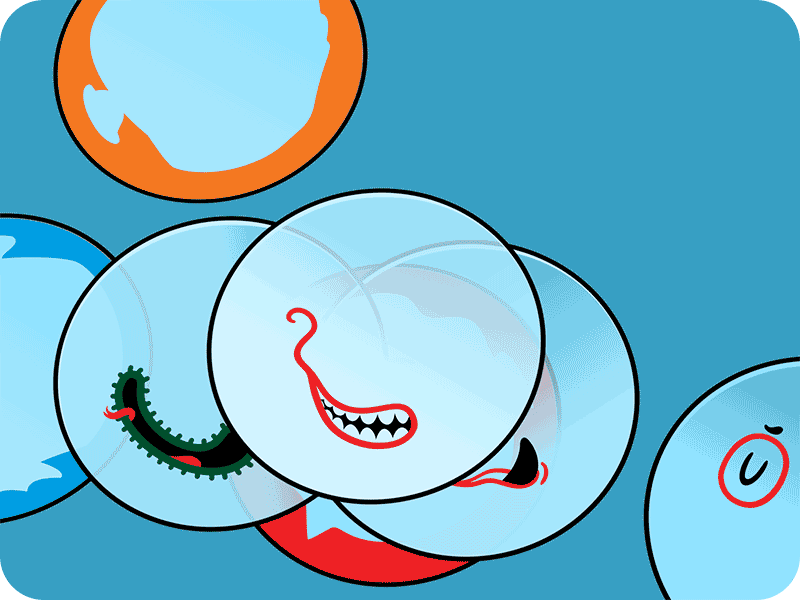
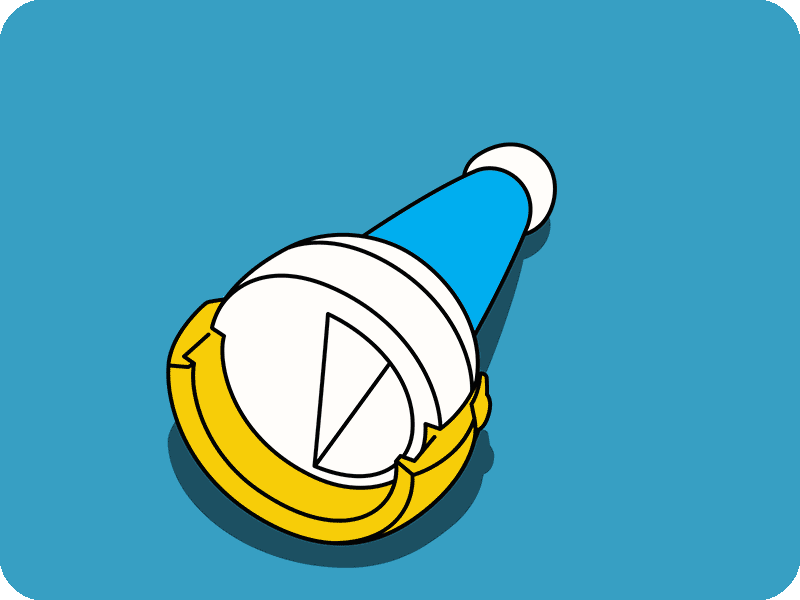
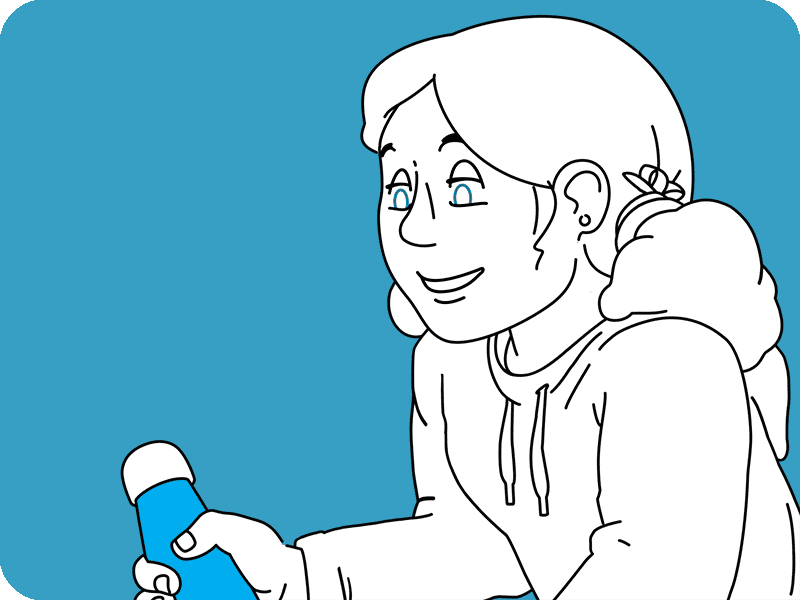
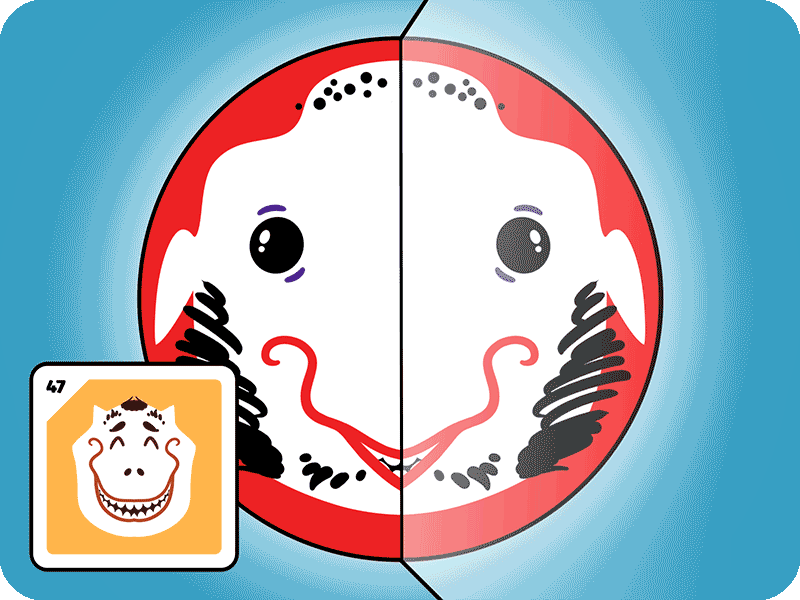
Our decision was to adopt a design inspired by a spyglass, which would grant users the ability to generate images using color and transparency. Why did we choose a spyglass? This particular object invites us to embark on explorations, immersing ourselves in the quest for distant objects and encouraging adventure and discovery.
To kickstart our exploration, we embarked on creating an initial cardboard prototype. This model served as a foundation for conducting preliminary tests.
The inclusion of color, transparency, and light opens up a vast world of playful possibilities. We saw this as a chance to explore new gameplay experiences.
Then, in order to test the experience, we hand-drew various shapes on transparent plastic discs and mounted them on the end of the spyglass.
Our aim was to create a dynamic and interactive experience, which led us to utilize circular disks. These disks enable users to rotate them and configure various images, enhancing the overall playful experience.
Following the completion of tests on the cardboard model, we assembled an initial plastic prototype. This involved creating a 3D model with Rhinoceros 3D software and subsequently utilizing a 3D printer to fabricate the components.
After carrying out tests on the first prototype, we proceeded with further design iterations. A second version of the Spyglass was created, utilizing plastic as the primary material for constructing the new model.
The Magic Spyglass received rave reviews and applause from the teachers and my fellow graduate students.
We achieved our initial goal, proposing an innovative game with a successful user experience that provokes surprise and invites creativity and imagination.
A new round of usability studies would be needed to evaluate the prototype and make the necessary improvements.